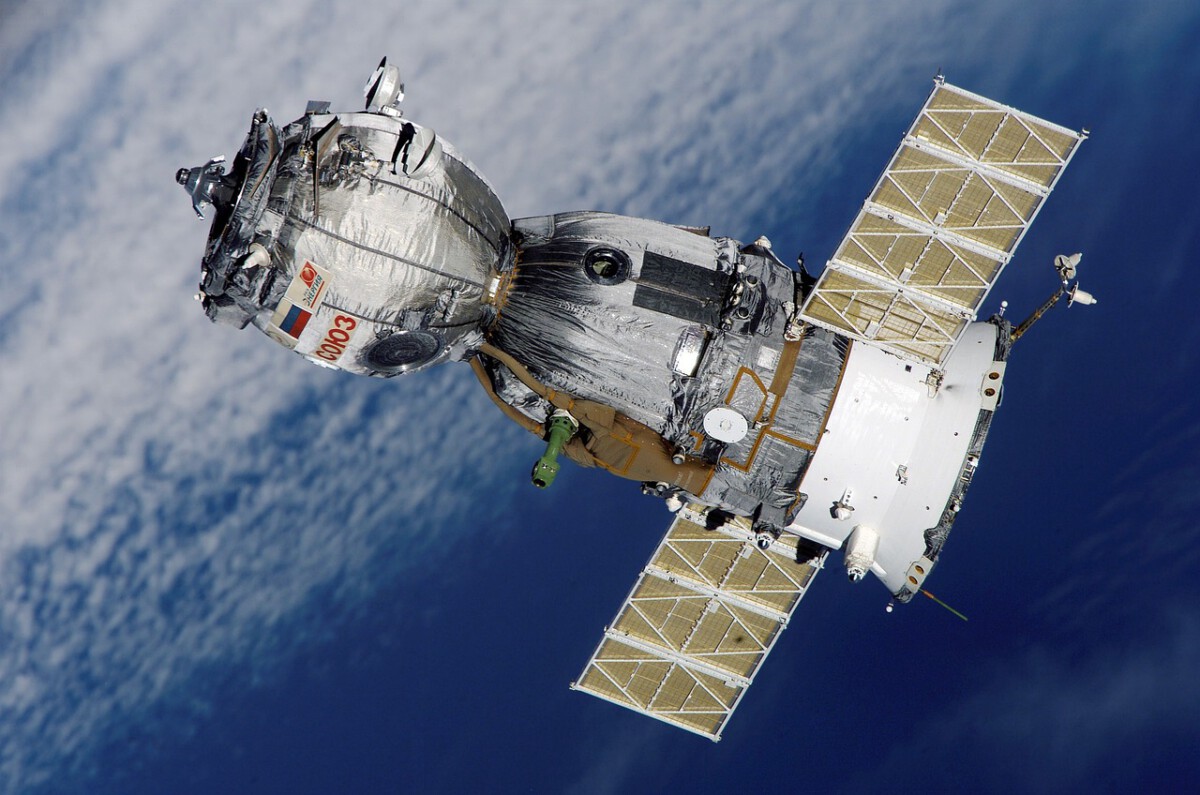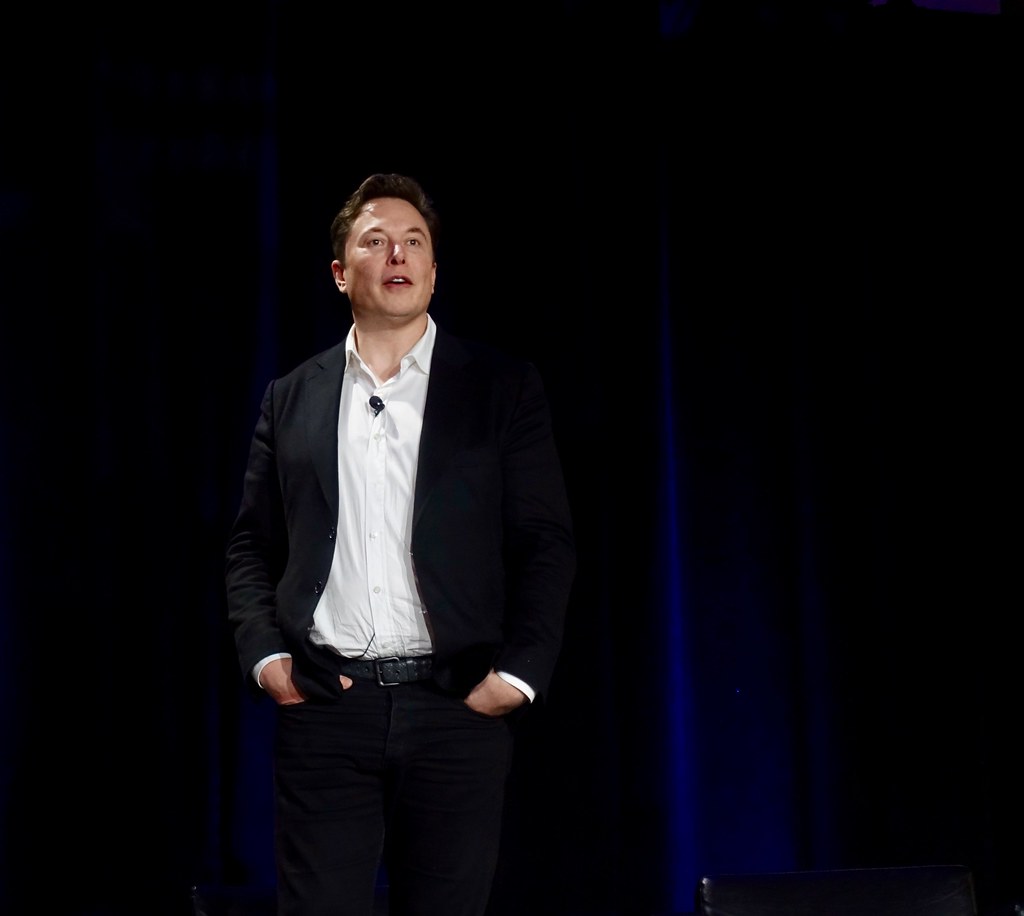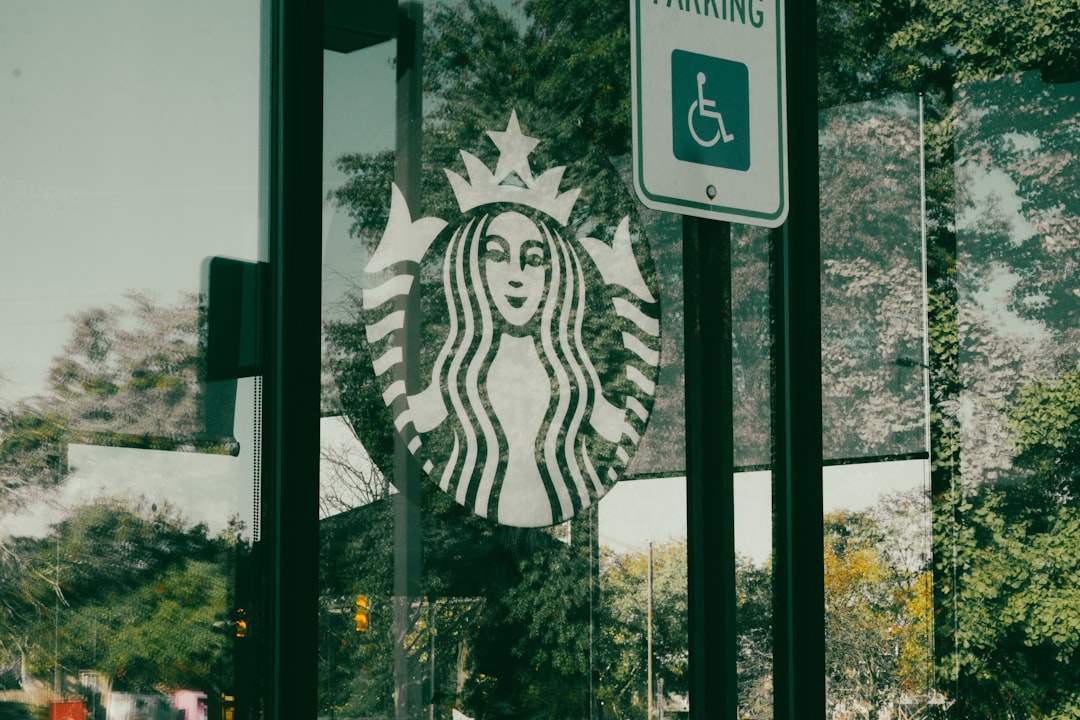The Alarming Growth of Space Junk

Every time a rocket blasts off or a satellite is launched, tiny pieces of space hardware are left behind. As of June 2025, the European Space Agency estimates there are more than 36,500 pieces of debris larger than 10 centimeters orbiting Earth. Even more startling, over one million pieces are between 1 and 10 centimeters, and a staggering 130 million are smaller than 1 centimeter. These numbers keep rising with every new mission, and the risks go up with them. Each piece, no matter how small, travels at speeds up to 28,000 kilometers per hour—fast enough for even a paint chip to punch a hole through a satellite.
What Exactly Is Kessler Syndrome?

Kessler Syndrome sounds like something from a sci-fi movie, but it’s a real scientific prediction. First described by NASA scientist Donald J. Kessler in 1978, it’s a domino effect: as collisions between objects in space create more debris, the chance of further collisions skyrockets. Imagine a busy highway where every crash sends shrapnel flying, leading to even more crashes. The fear is that, at a certain point, this chain reaction could make low Earth orbit unusable for decades or centuries.
How Collisions Happen in Orbit

The space around Earth isn’t empty—it’s like a cosmic junkyard. In recent years, accidental and intentional collisions have made headlines. In 2009, the defunct Russian satellite Kosmos-2251 smashed into the active Iridium 33 communications satellite, creating more than 2,000 trackable fragments. In 2021, Russia destroyed one of its own satellites in an anti-satellite missile test, generating at least 1,500 new pieces of debris. Each new collision increases the chances of further accidents, setting the stage for Kessler Syndrome to unfold.
The Dire Consequences for Satellites

Satellites are the unsung heroes of modern life, quietly powering GPS, weather forecasts, and global communications. If Kessler Syndrome becomes reality, vital satellite networks could face catastrophic losses. NASA and the US Space Surveillance Network currently track over 25,000 objects, but thousands more are too small to see. Even a tiny bolt can cripple a billion-dollar satellite. With so much debris swirling overhead, satellite launches and operations would become incredibly risky—some experts warn we could lose entire constellations overnight.
Risks to the International Space Station

The International Space Station (ISS) circles Earth at about 400 kilometers up, right in the heart of the most crowded orbital region. The crew on board regularly perform “debris avoidance maneuvers” to dodge incoming threats. In November 2021, the ISS had to take emergency action after a debris field from a Russian anti-satellite test passed nearby. The astronauts took refuge in escape capsules—just in case. As debris increases, these close calls become more frequent and dangerous, putting human lives directly at risk.
The Economic Impact of a Debris Crisis

The global space economy is booming, valued at over $550 billion in 2024. But space debris poses a direct threat to this growth. Insurance costs for satellites are rising, and companies like SpaceX and OneWeb, which rely on large satellite constellations, face increasing risks. If Kessler Syndrome unfolds, the cost of replacing lost satellites, cleaning up debris, and delayed projects could run into the hundreds of billions. The ripple effects would hit industries worldwide, from telecommunications to banking.
Space Debris Removal: High-Tech Solutions

With the danger clear, the race is on to find ways to clean up the mess. Innovative ideas include giant nets, robotic arms, lasers, and even harpoons. The European Space Agency’s ClearSpace-1 mission, scheduled for launch in 2026, aims to be the first to capture and remove a piece of space debris. Private companies are experimenting with magnetic tugs and reusable spacecraft. Though promising, these solutions face technical, financial, and legal challenges—removing debris is much harder than launching it.
International Cooperation and Legal Hurdles

No single country owns space, which makes cleaning up the mess complicated. The United Nations has guidelines, but they aren’t legally binding. Countries are slow to agree on who should pay for debris removal or how to enforce new rules. The US, China, Russia, and the European Union have all promised to reduce debris, but progress is slow. Legal experts warn that without stronger international laws, the situation could spiral beyond anyone’s control.
Can We Prevent a Kessler Cascade?

Prevention is still possible. New satellites are being designed to burn up in Earth’s atmosphere at the end of their lives, reducing future debris. “End-of-life” plans for satellites are becoming standard practice among responsible space agencies and companies. Some governments are even fining or refusing licenses to companies that don’t clean up after themselves. But with thousands of old satellites still in orbit and more launching every year, it’s a race against time to prevent the Kessler Syndrome from becoming reality.
Public Awareness and the Path Forward

Most people don’t think about space debris when they check their phones or watch a weather report, but public awareness is growing. Documentaries, news reports, and even Hollywood movies like “Gravity” have brought the issue to the spotlight. As awareness spreads, pressure mounts on governments and industry to act. The future of space—and life on Earth—may depend on whether we can clean up the heavens before it’s too late.







